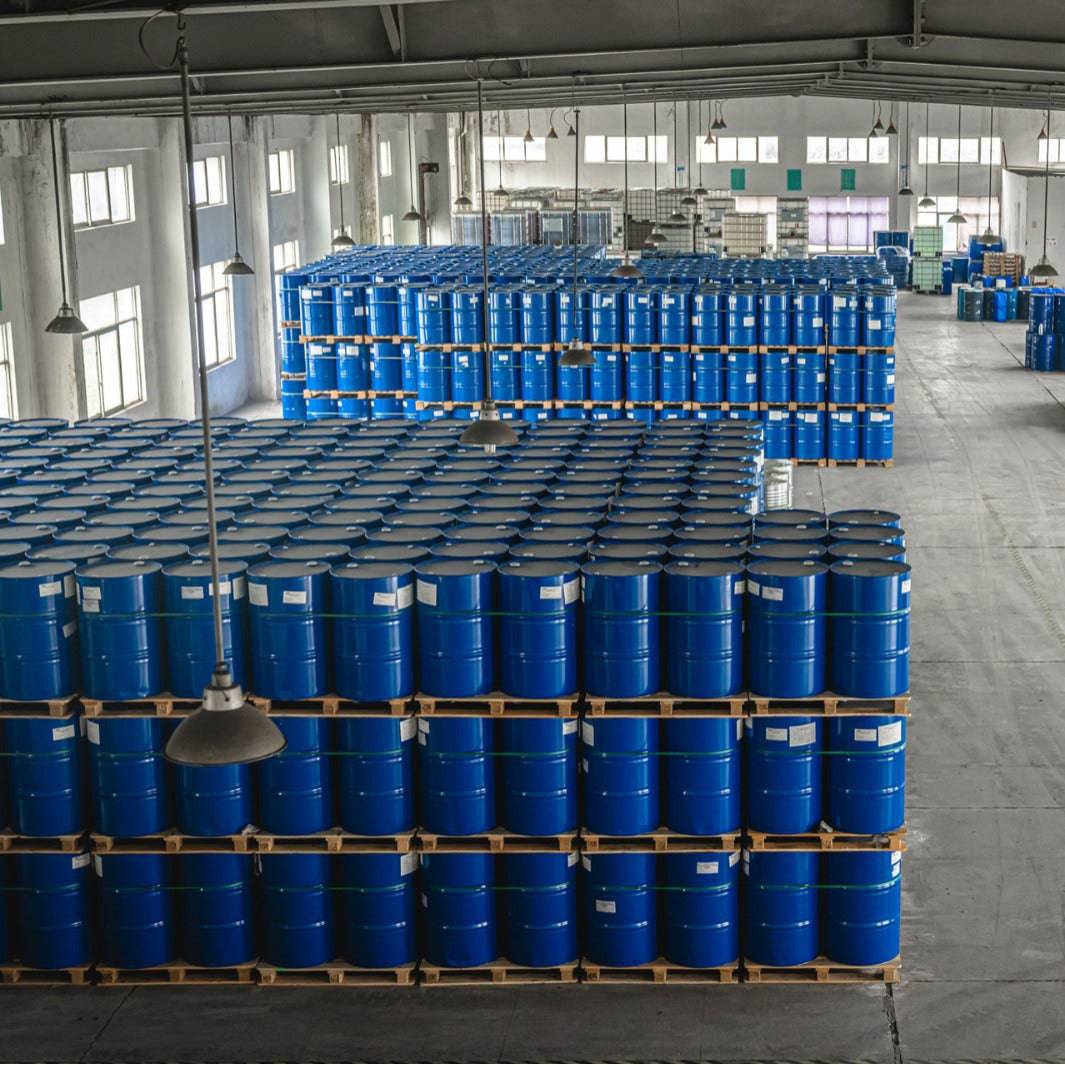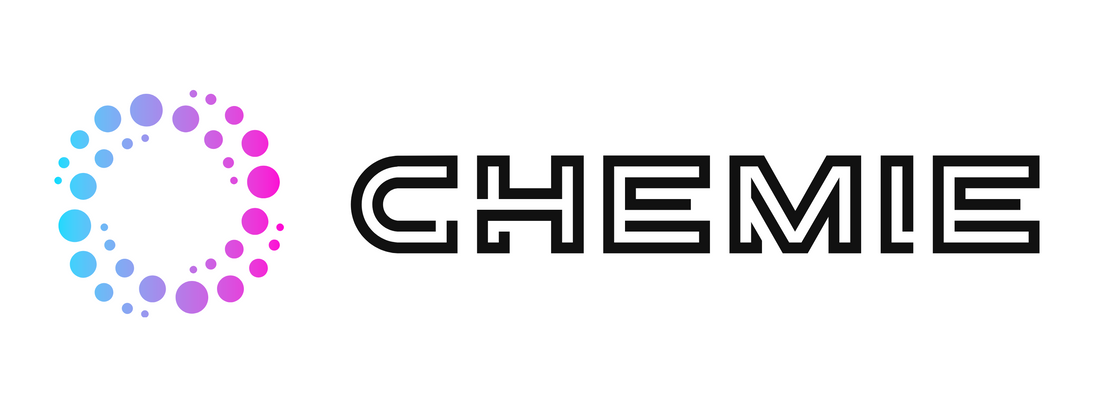The Facts About Chemie Revealed
The Facts About Chemie Revealed
Blog Article
The Only Guide for Chemie
Table of ContentsChemie Things To Know Before You Get ThisChemie Can Be Fun For AnyoneA Biased View of ChemieAn Unbiased View of ChemieChemie Things To Know Before You BuyChemie Things To Know Before You Get This
By Bojanna Shantheyanda, Sreya Dutta, Kevin Coscia and David SchiemerDynalene, Inc. Fluid cooling, which can be accomplished using indirect or direct methods, is made use of in electronic devices applications having thermal power densities that may surpass risk-free dissipation via air cooling. Indirect liquid air conditioning is where warmth dissipating digital parts are physically separated from the fluid coolant, whereas in situation of direct cooling, the parts are in direct call with the coolant.In indirect cooling applications the electric conductivity can be essential if there are leaks and/or splilling of the fluids onto the electronic devices. In the indirect cooling applications where water based liquids with rust preventions are normally utilized, the electric conductivity of the liquid coolant mostly depends upon the ion concentration in the liquid stream.
The increase in the ion focus in a closed loop liquid stream might take place because of ion leaching from steels and nonmetal components that the coolant fluid touches with. During procedure, the electrical conductivity of the liquid may raise to a level which can be hazardous for the air conditioning system.
The Basic Principles Of Chemie
(https://www.ted.com/profiles/48599309)They are grain like polymers that are capable of exchanging ions with ions in a remedy that it touches with. In today job, ion leaching tests were done with different steels and polymers in both ultrapure deionized (DI) water, i.e. water which is treated to the highest degree of pureness, and low electric conductive ethylene glycol/water mix, with the gauged modification in conductivity reported with time.
The samples were permitted to equilibrate at room temperature level for two days prior to recording the preliminary electrical conductivity. In all tests reported in this research fluid electric conductivity was gauged to an accuracy of 1% making use of an Oakton CON 510/CON 6 series meter which was adjusted before each measurement.
Facts About Chemie Uncovered
from the wall surface heating coils to the center of the furnace. The PTFE sample containers were put in the heater when steady state temperatures were reached. The test configuration was eliminated from the heater every 168 hours (7 days), cooled down to area temperature level with the electrical conductivity of the fluid determined.
The electric conductivity of the liquid example was checked for a total amount of 5000 hours (208 days). Number 2. Schematic of the indirect shut loophole cooling down experiment set up - dielectric coolant. Table 1. Components used in the indirect closed loophole cooling down experiment that are in call with the liquid coolant. A schematic of the speculative arrangement is received Figure 2.

Getting The Chemie To Work
During operation the fluid tank temperature level was preserved at 34C. The modification in fluid electrical conductivity was kept track of for 136 hours. The liquid from the system was accumulated and saved. Shut loop test with ion exchange resin was carried out with the same cleaning procedures utilized. The first electrical conductivity of the 230ml UP-H2O in the system gauged 1.84 S/cm.

0.1 g of Dowex material was included to 100g of fluid examples that was taken in a different container. The mix was stirred and alter in the electric conductivity at space temperature was determined every hour. The determined modification in the electric conductivity of the UP-H2O and EG-LC test liquids including polymer or metal when engaged for 5,000 hours at 80C is shown Number 3.
The Basic Principles Of Chemie
Ion seeping experiment: Measured change in electrical conductivity of water and EG-LC coolants having either company website polymer or metal samples when immersed for 5,000 hours at 80C. The outcomes suggest that metals contributed less ions right into the liquids than plastics in both UP-H2O and EG-LC based coolants.
Liquids including polypropylene and HDPE exhibited the cheapest electric conductivity changes. This can be because of the short, stiff, linear chains which are much less most likely to contribute ions than longer branched chains with weak intermolecular forces. Silicone additionally did well in both test liquids, as polysiloxanes are generally chemically inert because of the high bond energy of the silicon-oxygen bond which would prevent deterioration of the product into the liquid.
The Facts About Chemie Revealed
It would certainly be expected that PVC would create comparable outcomes to those of PTFE and HDPE based on the similar chemical structures of the materials, nonetheless there might be other impurities present in the PVC, such as plasticizers, that might influence the electric conductivity of the liquid - therminol & dowtherm alternative. In addition, chloride teams in PVC can also leach into the test fluid and can cause a boost in electrical conductivity
Polyurethane entirely degenerated right into the examination fluid by the end of 5000 hour test. Prior to and after images of steel and polymer examples submersed for 5,000 hours at 80C in the ion leaching experiment.
Measured change in the electrical conductivity of UP-H2O coolant as a feature of time with and without material cartridge in the closed indirect cooling loop experiment. The gauged change in electric conductivity of the UP-H2O for 136 hours with and without ion exchange material in the loop is displayed in Number 5.
Report this page